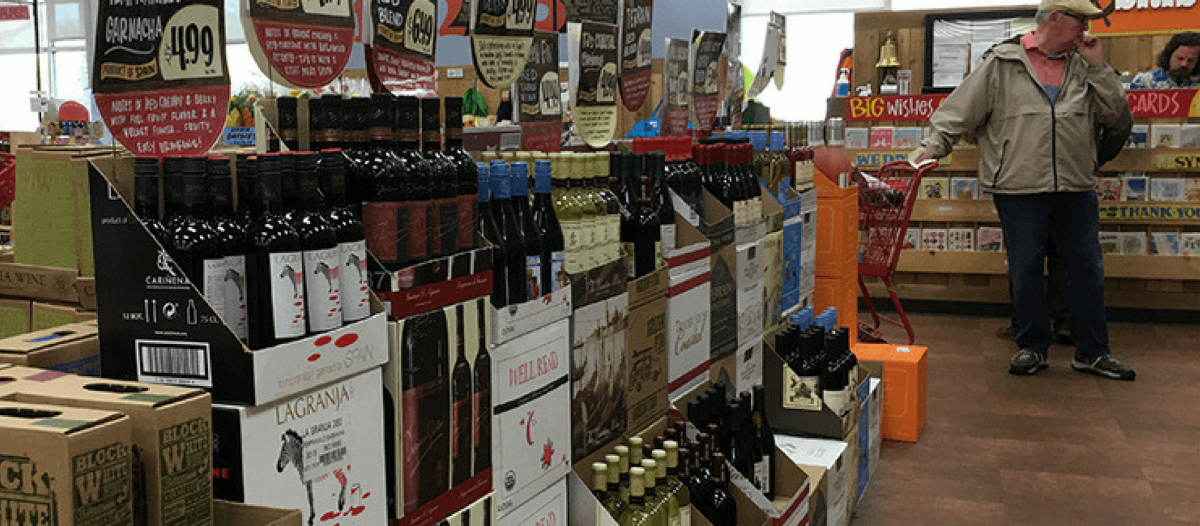Warehouse
Deadline
July 10, 2026
Judging
Date
July 26, 2026
Winners
Announced
August 12, 2026

For all the tension that exists between retailers and suppliers, there is actually far more to bring
them together then pull them apart. Yes, there are always going to be disagreements over buying and selling negotiations, but that’s the nature of doing business.
But they clearly both rely on each other to do any business at all. None more so when we open up the world of own and private label brands.
On the one hand, the two are in direct competition. Sitting side by side on the shelf doing all they can to make the passing shopper stop and pick them up. They probably wish the other was not there, but also realize that without them the overall category would not be as interesting for consumers to fully engage with.
So how does a retailer get the most out of both its branded and private label offer?
For the retailer, it is a delicate balance to get right. Very good brands have strong ties with their customer base and woe betides anyone that gets in the way. Equally the consumer is also far more open now to own and private label brands and if anything would like to see more choice, differentiation and see the retailers bring their flair and imagination to a heavily branded category. Buyers and category managers that can get that ratio right will see their sales soar.
[[relatedPurchasesItems-42]]
The best own label and private label brands sit neatly and naturally against their branded equivalents. They are not there to overpower or dumb them down. Otherwise, why would the retailer stock them at all? So it is important to give own label brands a clearly defined role within a set category. One that allows shoppers to easily understand why they are there, but also add to the overall value and appeal of the category and share the spotlight with the brands.
Retailers can carefully use their branded and own label offers to cover all prices and bases in any given category. Whilst a brand might have a more premium, aspirational appeal, it leaves room for lower and medium priced, quality own label brands to sit just below them on the pricing ladder.
The key thing here is not to clutter and confuse the category with too many brands and own label products. Any own label offer should be there to make the category easier to navigate and shop. So before introducing anything new, it can be a good exercise to review all products and take out lines, both branded and own label, that can make the category easier for the shopper to shop.
Retailers often the right suppliers to make their own label brands for them. Suppliers that also have their own brands they want to bring to market. It provides a win, win scenario for both whereby suppliers can work in true partnership with retailers to not only develop successful own label brands but ones that sit neatly against their own branded offer allowing both sides of the fence to make profits and grow.
The 2025 Winners List is Now Live! Explore the Full List!